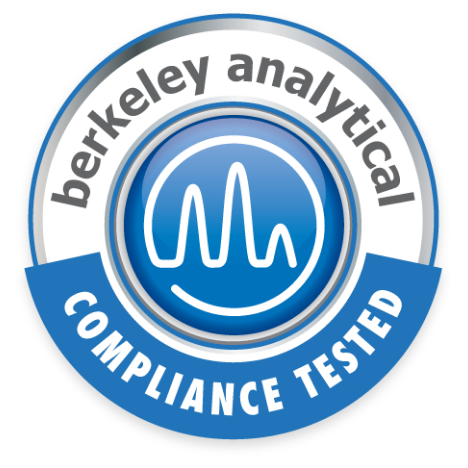Weyerhaeuser Flak Jacket I-Joists and Formaldehyde in the News
Weyerhaeuser Company (NYSE: WY) issued a press release on July 18, 2017 acknowledging an odor problem associated with a formaldehyde-based resin used in a coating on its Flak Jacket® I-joist products manufactured after December 1, 2016. According to the company, these I-joists have been installed in about 2,200 newly constructed homes, some of which have been completed and are occupied. The company did not identify the markets where the products were sold. Recent news stories indicate that the problem is due to high formaldehyde emissions and that the joists were used by home builders in several Colorado cities and in Cincinnati, Ohio. It’s likely that new homes in other markets also are affected. Weyerhaeuser has set aside a reserve of $50-60M to cover costs related to the issue and has pledged to either remediate or replace the joists.
The Weyerhaeuser press release characterizes the issue as an odor problem. Although human odor response varies widely, the typical odor threshold of formaldehyde is about one part per million (1.1 ppm or 0.93 mg/m3) as listed in an authoritative reference (Devos et al., Standardized Human Olfactory Thresholds, Oxford University Press, 1990). We note that the World Health Organization (WHO) has a formaldehyde guideline of 100 micrograms per cubic meter (µg/m3) for a 30-minute exposure which is about ten times lower than the odor threshold. Canada has set the residential indoor air quality guideline at 50 µg/m3 for an 8-hour exposure. The U.S. Green Building Council has established a target formaldehyde concentration of 33 µg/m3 for IAQ commissioning of new buildings. And, the California Office of Environmental Health Hazard Assessment (OEHHA) has established a 9 µg/m3 guideline for chronic formaldehyde exposure of the general population including sensitive individuals.
Since formaldehyde is emitted by a variety of indoor sources including composite wood cabinetry, furniture, interior doors and architectural trim, indoor formaldehyde concentrations in new homes can be elevated over these guideline values. The California New Homes study is one of the best sources of information on indoor pollutant concentrations in new U.S. homes. The distribution of formaldehyde concentrations in the 108 homes has been summarized by the author at Indoor Environmental Engineering. The median formaldehyde concentration was 29 parts-per-billion (36 µg/m3), and the 90th percentile value was 70 ppb (86 µg/m3).
Homeowners in affected new home developments already may have been contacted by the builders. If there’s concern about formaldehyde exposure, it’s relatively easy for a homeowner to measure indoor air formaldehyde concentrations in their living spaces using passive samplers. Only high quality devices and analytical service laboratories should be utilized so that reliable results are obtained. We recommend the 571 Aldehyde monitor from Assay Technology, Inc. (800-833-1258) and the UMEx100 formaldehyde sampler with analysis by Environmental Analytical Services (805-781-3585).
More detailed studies of formaldehyde sources and concentrations in homes require the involvement of professional investigators such as building science engineers and certified industrial hygienists knowledgeable regarding IAQ problems. Berkeley Analytical offers a variety of services to these professionals. We provide DNPH sampling media and formaldehyde analysis for active air sampling following ASTM D5197. We also have extensive chamber facilities for formaldehyde emission testing. Our micro-scale chambers are well suited for field studies in homes as samples of products such as I-joist webs can be obtained with a 2 ½ inch diameter hole saw. Larger sample sizes can be tested in small-scale chambers. These chambers are regularly used for formaldehyde emission testing of composite woods following ASTM D6007, the secondary test method for the California Air Resources Board ACTM regulation and the new Federal formaldehyde regulation. Test protocols for finished goods are based on ASTM D5116 and the protocols in CDPH Standard Method V1.2 and ANSI/BIFMA Test Method M7.1. Chamber inlet airflow rate, temperature and relative humidity can be adjusted to study the impacts of these parameters on formaldehyde emissions. Our room-sized chambers are suitable for evaluating remediation strategies with full scale products such as 6-ft to 8-ft sections of I-joists.
Contact our experts Al Hodgson and Raja Tannous to discuss your analytical and chamber testing needs.


